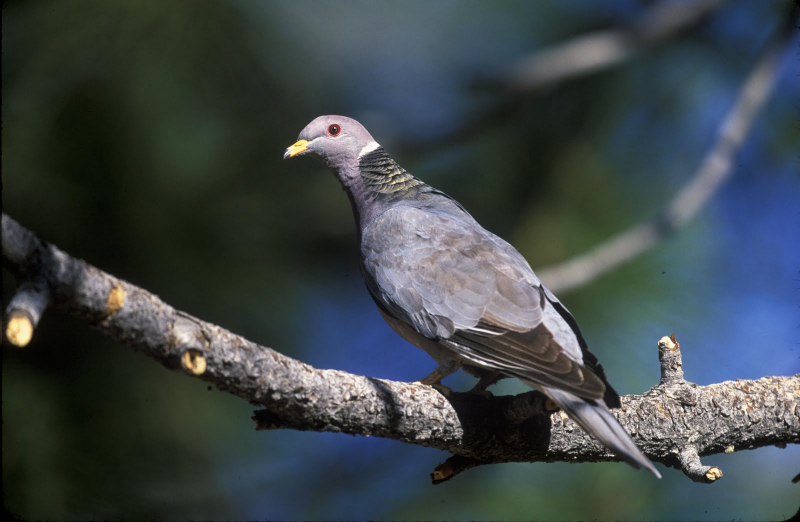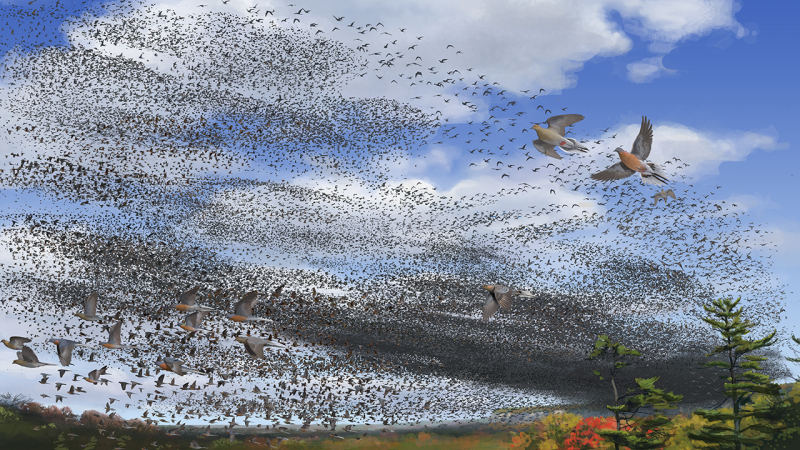Passenger Pigeons
2009 saw the largest reported flock of birds ever to be photographed flying over an African grassland. Approximately 1.5 billion red-billed quelea, which filled the air and covered everything in guano, were captured by a photographer looking like something out of a horror film. Although it's impressive to see, it still falls short of what passenger pigeons once accomplished.
The passenger pigeon was the most prevalent bird in North America in the 1800s. The renowned artist and ornithologist John James Audubon observed as a flock of pigeons approached and obscured the sun in the sky in the year 1813. Alexander Wilson, an ornithologist, estimated the flock he witnessed to have around 2.3 billion individuals at the same moment.
The citizens of Toronto missed the sun in the year 1860 because it took an estimated 3.5 billion birds 14 hours to fly by. The weight of the birds when they landed on the trees would snap off the branches and kill them. It was comparable to devastation from a tornado.
Amazingly, by the early 1900s, this once-common bird had become extinct. The creatures were easily wiped out thanks to logging, the development of the rail system, and hunting. They were unable to adapt to the changes in their environment and died out as a result. Their habitats were devastated, and people hunted and sold the birds.












